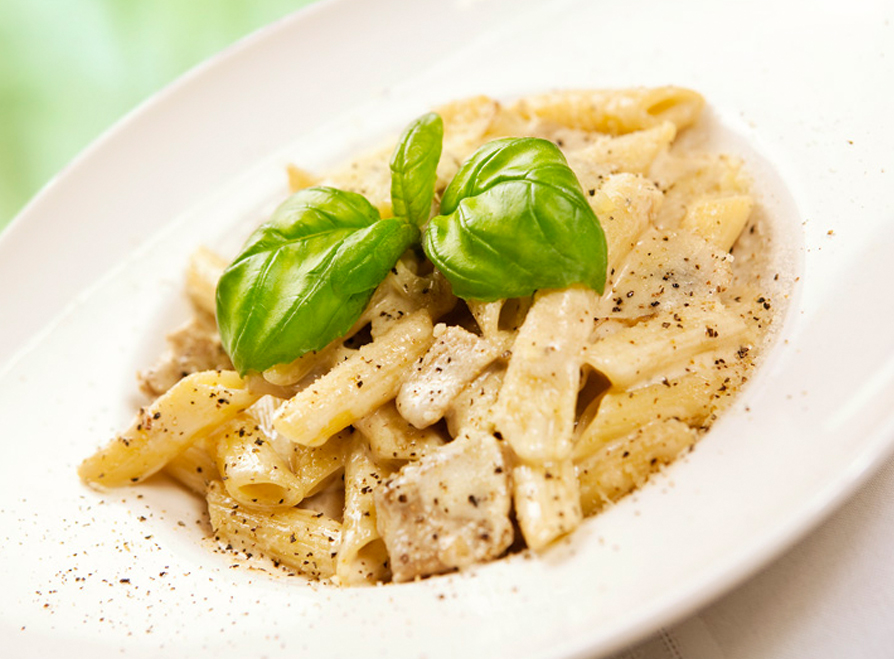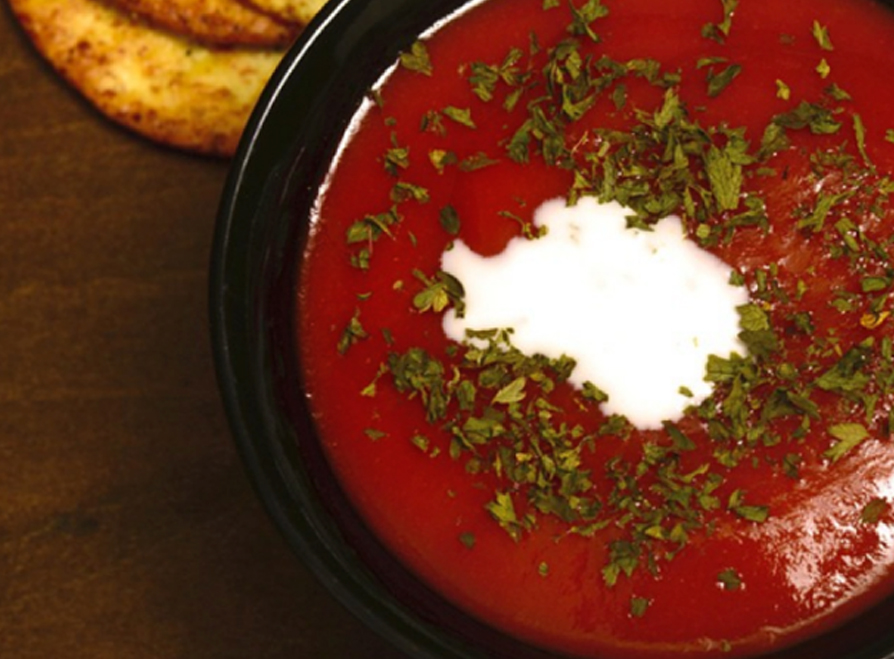
There’s nothing tricky in pasta making at the first sight, and probably most of us manage with it without any extra fuss. But as soon as you take a closer look at the art of pasta making, the real connoisseurs of Italian cuisine might ask some additional questions. Do we need salt in the water? Or do we add oil? Should I rinse cooked pasta in cold water? This blog post covers the 10 most important points to follow to make the best possible pasta dish.
1. Use a big pot to cook your pasta.
Choose a pot big enough to cook your pasta – this lets the pasta move freely in the pot while it’s boiling. Using a pot that is too small results in your pasta sticking together while boiling and it turns into a sticky pasta ball instead. And this isn’t obviously the result you’d desire. Instead choose at least a 7-litre pot that leaves enough room for the pasta to “breathe”.
2. Add enough water into the pot.
It often occurs when we’re hungry that we think it is wise to use less water to boil our pasta, simply because it takes less time to bring it to boil. Actually it is wise not to proceed like that. Just like it needs a big pot so that the result would be good, pasta also needs enough water in order to be fully covered with water while it’s boiling. Otherwise some bits may become too dry and this would ruin the whole dish. To boil a standard-size packet of pasta you need 5-6 litres of water (app. 1 litre of liquid for each 100 g of dry pasta).
3. Add a little salt into the water. And then some more.
Don’t listen to the general dietary guidelines for a second and season the water with a great splash of salt. Here it’s not enough if you shake the saltshaker twice, you need at least 1 tsp. of salt per 5-6 litres of water. Can you recall how a mouthful of seawater tastes? This is the saltiness you need to cook your pasta, this is what gives your pasta the right taste. Remember that a great amount of the salt added will stay in the water.
4. Let the water boil.
Before adding the pasta, let the water properly boil – wait until the big bubbles appear and the water starts rolling. Don’t be hasty and add the pasta when the water is barely boiling, or when there are only a few bubbles. Pasta masters say that adding the pasta too soon may also cause the “uncooked” pasta pieces appearing in your dish. And this would make each pasta lover very sad.
5. Don’t add oil into the water.
Although there are some pasta cooking guides recommending to add a little oil into the water to avoid the pasta becoming too sticky, professionals do not recommend that. Instead they recommend stirring the pasta while it’s boiling (see the next tip). Oil can also make pasta too slippery and then sauce won’t stick to it at all. Therefore it’s better not to add oil.
6. Stir, stir, stir.
It’s not wise to leave the pot and dive into the world of social media while your pasta is still cooking. Apparently, the cook has an important role – to help the pasta cook, by stirring it at least 2-3 times. Of course you can stir your pasta throughout the boiling time, if you have enough stamina. In return for your care and persistence you get pasta that is not sticky.
7. Check the cooking time for different types of pasta.
Since there are many types of pasta, you need to cook each for a different period of time. The cooking time depends on your pasta’s shape, amount and type (wholegrain, gluten free, etc.), and it is recommended you check the directions on the packet before you start to cook. It’s good to know that when filled pasta, for example ravioli, is cooked when they float to surface. When cooking different types of pasta, you can usually follow these time limits:
– Fresh pasta, especially egg pasta (fettucine, tagliatelle, lasagna): 3-5 min.
– Thin, dry durum flour (egg-free) pasta (spaghettini, conchiglie, rotini): 6-9 min.
– Dry spaghetti usually take 8-9 minutes to cook, it depends on certain brands and the thickness of the spaghetti.
– Coarse, dry, durum wheat (egg-less) pasta (penne, ziti, tortigioni, trofie): 12-15 min.
8. Test if your pasta is cooked 2 minutes before it should be ready.
Although it is wise to check the cooking time on the packet, don’t assume that this is the universal truth. Start by testing the readiness already 2 minutes before your pasta should be ready. Cooked pasta feels a bit firm to bite (al dente, or a bit stiff under your teeth). Should there be “uncooked” white stripes or dots in the middle of a piece of pasta, it means your pasta still needs some cooking. Then again, overcooked pasta is too soft and tends to fall apart.
9. Set aside a small cup of pasta cooking water.
When your pasta is cooked, take 2 seconds for a little trick, which most of home cooks often skip. When you start to strain your pasta, save a small cup of pasta cooking water. This starchy water is excellent for making the sauce stick to your pasta, and also for diluting heavier sauces so that these wouldn’t stick to your pot.
10. Strain, don’t rinse.
Strain the cooked pasta and add some sauce. You can also put the strained pasta into a saucepan or frying pan. Don’t forget using the cooking water for seasoning the dish. If you use creamy vegetable sauces (e.g. tomato sauce), you can lift your pasta into the hot sauce 1-2 minutes before the pasta is cooked.
NB! Don’t rinse strained pasta in cold water! (This of course when you don’t plan to use cold pasta, for example in a pasta salad.) Otherwise you lose all the necessary starch that is needed for the pasta to stick to the sauce. In addition to that, water also washes off some of the salt already in the pasta.
Bon appetite and best of luck trying out new pasta dishes!
Check out Da Vinci Food e-store for inspiration or come and find your favourites from the wide choice of pasta served at Da Vinci Pasta & Pizza restaurants.






